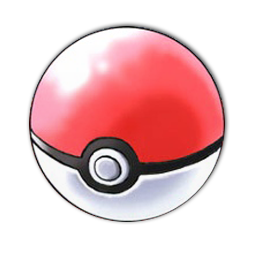This claim comes with the BIG assumption that ice-type Pokemon somehow magically materializes ice and doesn’t just act like a refrigerator. The big difference is that a refrigerator increases entropy during operation just like any other machine, because the waste heat (disorder) it dumps into the surroundings will always be greater than the heat it removes (order), where the extra heat came from the highly ordered electrical energy it consumed. However, ice-type Pokemon may be different.
Take the Alolan Vulpix. In the Sun and Moon anime, how many times did we see it eat something? IIRC it pretty much only ate like a few pokepuffs a day, yet can cover entire fields in snow. Furthermore, it has never been said to heat up itself or dump heat to the atmosphere while spewing out ice. This most likely disqualifies the theory that ice-type Pokemon are basically living heat pumps because not only is it likely not taking in enough ordered energy for this to be the case, it also isn’t dissipating heat. They could also be storing chemicals which when reacted will be endothermic, but those chemicals are rarely found in nature because they would have reacted with each other already, and if they were to produce those chemicals, they would need to dissipate at least the same amount of heat, which would have to mean that ice types would actually have quite high body temperatures, and this isn’t canon, so this is likely ruled out too.
Finally, we get to the real pros at calling the laws of thermodynamics bluff: Ice-types who are confirmed to be always cold to the touch. They have to be destroying thermal energy as it enters their body because otherwise they would warm to thermal equilibrium within hours if their mass is any indication. They’re reversing entropy because cooling something makes it more ordered. This also means that there will always be a net flow of heat in one direction (into their bodies), and only energy that is flowing can do useful work. Not are they reversing entropy, they’re also the keys to perpetual motion machines.

